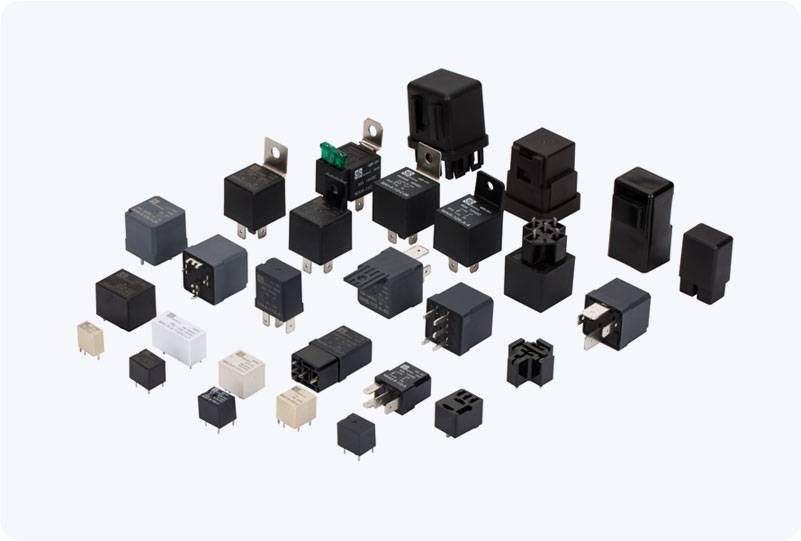understanding overload relay: key component in motor protection
Release time:2025-06-15 11:41:59
Overload relays are vital components in electrical systems, particularly in motor protection. They are designed to protect electrical motors from damage caused by excessive current, preventing potential failures and extending the life of the motor. These relays play an essential role in safeguarding both the equipment and the system as a whole. This article will explore the function, types, and importance of overload relays in electrical circuits, offering a deeper understanding of how they contribute to motor protection.

What is an Overload Relay?
An overload relay is an electrical device used to protect electric motors from running under conditions where they would be subjected to excessive current. It functions by sensing the current flowing through the motor circuit and disconnecting the motor when the current exceeds a predetermined threshold for a specified period. This helps prevent damage from overheating due to extended periods of overload conditions.
The Role of Overload Relays in Motor Protection
Electric motors, especially in industrial and commercial settings, are prone to damage if they operate under overcurrent conditions. The overload relay serves as a safety mechanism, cutting off the motor supply if an overload situation is detected. Without proper protection, motors could overheat, leading to insulation breakdown, mechanical failure, and even fires in extreme cases.

